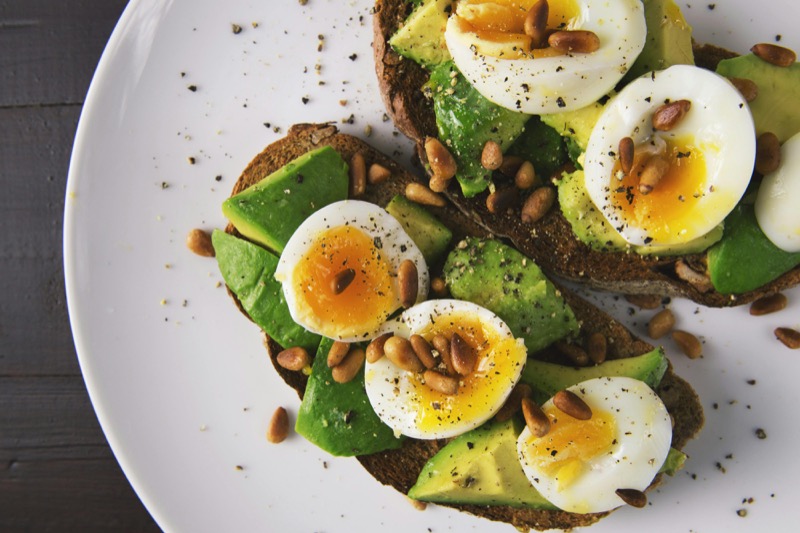
Let's talk about the microbiome: how to restore it concretely? Many of you have asked me how to restore a healthy intestinal microbiome. Here's what science and clinical practice teach us today.
Diet is the Key
Studies show that diets rich in plant fibers, fermented products, and good fats allow:
- A decrease in harmful aerobic bacteria
- A reduction in intestinal inflammation markers
- An improvement in microbial diversity
Foods to Prioritize
| Category | Recommended Foods |
|---|---|
| Cereals | Barley bread, oats, buckwheat |
| Vegetables | Artichoke, leek, beetroot, carrot |
| Fruits | Apple, banana, pomegranate, berries |
| Nuts and Seeds | Walnuts, almonds, chia seeds |
| Proteins | Fatty fish (sardine, mackerel), eggs |
| Fermented Products | Sheep yogurt, kefir, goat cheese |
| Oils | Extra virgin olive oil, rapeseed oil |
Absolutely Avoid
- Ultra-processed products
- Refined sugars
- Industrial red meat
- Fried foods and oxidized vegetable oils
Why Does This Work?
These foods nourish the good bacteria (prebiotics) and provide living bacteria (probiotics). They strengthen the intestinal barrier, reduce inflammation, and rebalance the immune system.
What Now?
At Family Clinic, we offer:
- Dietary protocols adapted to each profile
- Sequences to guide each stage
- Monitoring of digestive progress
- Illustrated brochures for better understanding
The restoration of a healthy microbiome is a gradual process that requires patience and consistency. Each person is unique, and what works for one individual may need adjustment for another. This is why personalized guidance is essential for optimal results.
Remember that the microbiome plays a crucial role not only in digestion but also in immune function, mood regulation, and overall health. By taking care of your intestinal health, you're investing in your long-term well-being.
Warm regards, Dr. Said-Alaoui Moulay Abdellah and the Family Clinic Team
